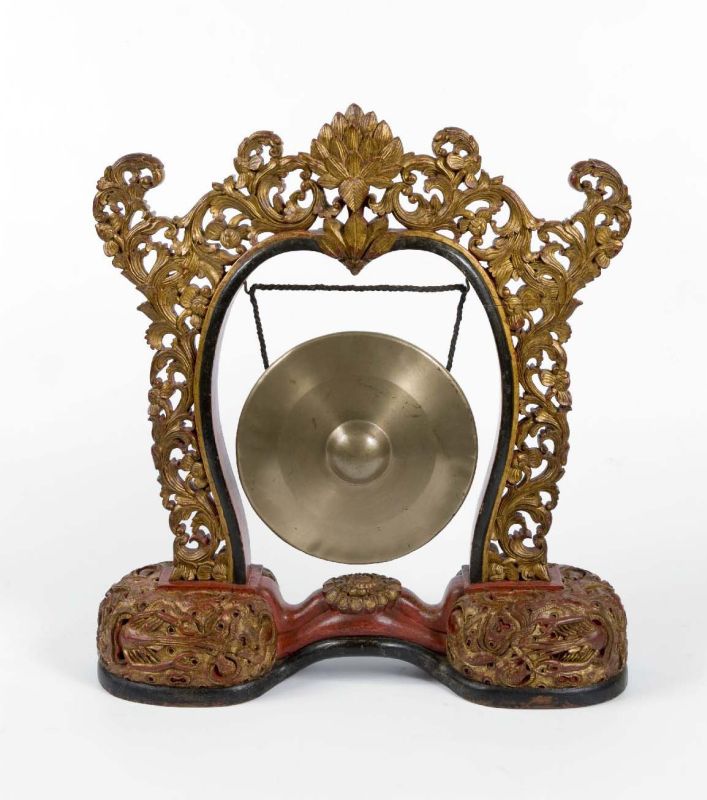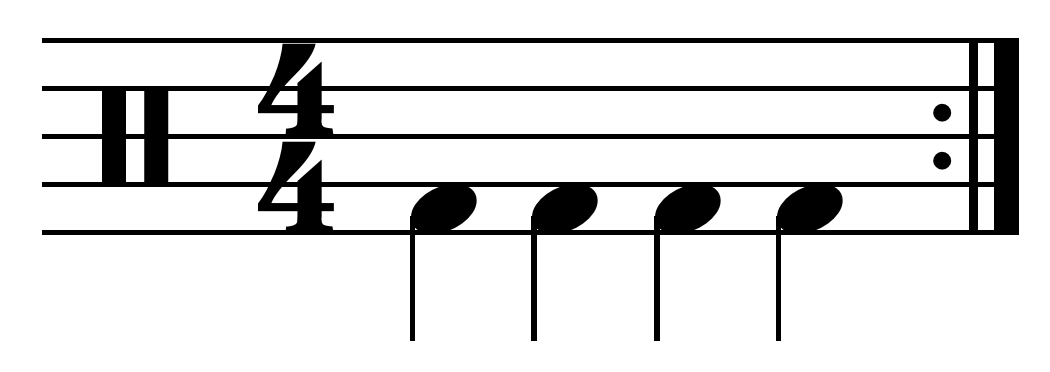|
Divertissement (Ibert)
Jacques Ibert's ''Divertissement'' is a six-movement suite for chamber orchestra adapted by the composer in 1930 from incidental music he had written for a production of Eugène Labiche's stage comedy '' The Italian Straw Hat'' in 1929. It is among Ibert's best-known works and has been recorded many times. Background and premiere In the decade after the First World War, Jacques Ibert established himself as a leading French composer, winning France's top musical prize, the and becoming known to a large public for compositions such as (a symphonic poem based on Oscar Wilde's ''The Ballad of Reading Gaol'') and (''Ports of Call'', an orchestral representation of a Mediterranean sea voyage).Laederich, Alexandra"Ibert, Jacques."''Grove Music Online'', Oxford University Press, 2010 In 1929 he composed incidental music for a revival of Eugène Labiche's 1851 stage comedy ('' The Italian Straw Hat'') at the .Michel, p. 53 The following year he arranged the score into a six-movement div ... [...More Info...] [...Related Items...] OR: [Wikipedia] [Google] [Baidu] |
Jacques Ibert
Jacques François Antoine Marie Ibert (15 August 1890 – 5 February 1962) was a French composer of 20th-century classical music, classical music. Having studied music from an early age, he studied at the Conservatoire de Paris, Paris Conservatoire and won its top prize, the Prix de Rome at his first attempt, despite studies interrupted by his service in World War I. Ibert pursued a successful composing career, writing (sometimes in collaboration with other composers) seven operas, five ballets, incidental music for plays and films, works for piano solo, choral works, and chamber music. He is probably best remembered for his orchestral works including ''Divertissement (Ibert), Divertissement'' (1930) and ''Escales (Ibert), Escales'' (1922). As a composer, Ibert did not attach himself to any of the prevalent genres of music of his time, and has been described as an eclectic. This is seen even in his best-known pieces: ''Divertissement'' for small orchestra is lighthearted, even fri ... [...More Info...] [...Related Items...] OR: [Wikipedia] [Google] [Baidu] |
Clarinet
The clarinet is a Single-reed instrument, single-reed musical instrument in the woodwind family, with a nearly cylindrical bore (wind instruments), bore and a flared bell. Clarinets comprise a Family (musical instruments), family of instruments of differing sizes and pitches. The clarinet family is the largest woodwind family, ranging from the contrabass clarinet, BB♭ contrabass to the A-flat clarinet, A♭ piccolo. The B soprano clarinet is the most common type, and is the instrument usually indicated by the word "clarinet". German instrument maker Johann Christoph Denner is generally credited with inventing the clarinet sometime around 1700 by adding a register key to the chalumeau, an earlier single-reed instrument. Over time, additional keywork and airtight pads were added to improve the tone and playability. Today the clarinet is a standard fixture of the orchestra and concert band and is used in classical music, military bands, klezmer, jazz, and other styles. Etymol ... [...More Info...] [...Related Items...] OR: [Wikipedia] [Google] [Baidu] |
Celesta
The celesta () or celeste (), also called a bell-piano, is a struck idiophone operated by a keyboard. It looks similar to an upright piano (four- or five-octave), albeit with smaller keys and a much smaller cabinet, or a large wooden music box (three-octave). The keys connect to hammers that strike a graduated set of metal (usually steel) plates or bars suspended over wooden resonators. Four- or five-octave models usually have a damper pedal that sustains or damps the sound. The three-octave instruments do not have a pedal because of their small "table-top" design. One of the best-known works that uses the celesta is Pyotr Ilyich Tchaikovskys "Dance of the Sugar Plum Fairy" from ''The Nutcracker''. The sound of the celesta is similar to that of the glockenspiel, but with a much softer and more subtle timbre. This quality gave the instrument its name, ''celeste'', meaning "heavenly" in French. The celesta is often used to enhance a melody line played by another instrument or ... [...More Info...] [...Related Items...] OR: [Wikipedia] [Google] [Baidu] |
Tam-tam
A gongFrom Indonesian and ; ; zh, c=鑼, p=luó; ; ; ; ; is a percussion instrument originating from Southeast Asia, and used widely in Southeast Asian and East Asian musical traditions. Gongs are made of metal and are circular and flat or bowl-like in shape, and can come in various sizes. They are typically struck with a mallet. They can be played alone, giving a characteristic "crashing" sound, or played as part of a tuned set that produce bell-like sounds. The earliest possible depictions of gongs is from the details on the surface of the Ngọc Lũ I bronze drum () from the Dong Son culture of northern Vietnam. It depicts what looks like seven-gong ensembles along with other instruments (including cymbals/bells and the bronze drums themselves). The oldest undisputed historical mention of gongs can be found in sixth century AD Chinese records, which mentioned it as a foreign instrument that came from a country between Tibet and Burma. The term ''gong'' () origina ... [...More Info...] [...Related Items...] OR: [Wikipedia] [Google] [Baidu] |
Tambourine
The tambourine is a musical instrument in the percussion family consisting of a frame, often of wood or plastic, with pairs of small metal jingles, called "zills". Classically the term tambourine denotes an instrument with a drumhead, though some variants may not have a head. Tambourines are often used with regular percussion sets. They can be mounted, for example on a stand as part of a drum kit (and played with drum sticks), or they can be held in the hand and played by tapping, hitting, or shaking the instrument. Tambourines come in many shapes with the most common being circular. It is found in many forms of music: Albanian folk music, Arabic folk music, Israeli folk music, Turkish folk music, Greek folk music, Italian folk music, French folk music, classical music, Galician traditional music, Asturian traditional music, Persian music, samba, gospel music, pop music, country music, and rock music. History The origin of the tambourine is unknown, but it appea ... [...More Info...] [...Related Items...] OR: [Wikipedia] [Google] [Baidu] |
Bass Drum
The bass drum is a large drum that produces a note of low definite or indefinite pitch. The instrument is typically cylindrical, with the drum's diameter usually greater than its depth, with a struck head at both ends of the cylinder. The heads may be made of calfskin or plastic and there is normally a means of adjusting the tension, either by threaded taps or by strings. Bass drums are built in a variety of sizes, but size does not dictate the volume produced by the drum. The pitch and the sound can vary much with different sizes,Norman Del Mar, Del Mar, Norman (1981). ''Anatomy of the Orchestra''. . but the size is also chosen based on convenience and aesthetics. Bass drums are percussion instruments that vary in size and are used in several musical genres. Three major types of bass drums can be distinguished. * The type usually seen or heard in orchestral, ensemble or concert band music is the orchestral, or concert bass drum (in Italian: gran cassa, gran tamburo). It is the ... [...More Info...] [...Related Items...] OR: [Wikipedia] [Google] [Baidu] |
Cymbals
A cymbal is a common percussion instrument. Often used in pairs, cymbals consist of thin, normally round plates of various alloys. The majority of cymbals are of indefinite pitch, although small disc-shaped cymbals based on ancient designs sound a definite note (such as crotales). Cymbals are used in many ensembles ranging from the orchestra, percussion ensembles, jazz bands, heavy metal bands, and marching groups. Drum kits usually incorporate at least a crash, ride, or crash/ride, and a pair of hi-hat cymbals. A player of cymbals is known as a cymbalist. Etymology and names The word cymbal is derived from the Latin , which is the latinisation , which in turn derives . In orchestral scores, cymbals may be indicated by the French ; German , , , or ; Italian or ; and Spanish . Many of these derive from the word for plates. History Cymbals have existed since ancient times. Representations of cymbals may be found in reliefs and paintings from Armenian Highlands (7 ... [...More Info...] [...Related Items...] OR: [Wikipedia] [Google] [Baidu] |
Woodblock (instrument)
A woodblock (also spelled as two words, wood block) is a small slit drum made from a single piece of wood. The term generally signifies the Classical music, Western orchestral instrument, but may also refer to the Wooden fish, Chinese woodblock. In ragtime and jazz music, it is also known as the clog box or tap box. In orchestral music scores, woodblocks may be indicated by the French ''bloc de bois'' or ''tambour de bois'', German ''Holzblock'' or ''Holzblocktrommel'', or Italian ''cassa di legno''. The orchestral woodblock of the West is generally made from teak or another hardwood. The dimensions of this instrument vary, although it is either a rectangular or cylindrical block of wood with one or sometimes two longitudinal cavities. It is played by striking it with a stick, which produces a sharp crack. Alternatively, a rounder mallet, soft or hard, may be used, which produces a deeper-pitched and fuller "knocking" sound. On a drum kit, a woodblock is traditionally mounted on ... [...More Info...] [...Related Items...] OR: [Wikipedia] [Google] [Baidu] |
Snare Drum
The snare drum (or side drum) is a percussion instrument that produces a sharp staccato sound when the head is struck with a drum stick, due to the use of a series of stiff wires held under tension against the lower skin. Snare drums are often used in Orchestra, orchestras, Concert band, concert bands, Marching band, marching bands, Parade, parades, drumlines, drum corps, and more. It is one of the central pieces in a drum set, a collection of percussion instruments designed to be played by a seated drummer and used in many genres of music. Because basic rhythms are very easy to learn to play on a snare drum even for children, the instrument is also suitable for the music education for young children and a rhythm band. Snare drums are usually played with drum sticks, but other beaters such as the Brush (percussion), brush or the Rute (music), rute can be used to achieve different tones. The snare drum is a versatile and expressive percussion instrument due to its sensitivity and ... [...More Info...] [...Related Items...] OR: [Wikipedia] [Google] [Baidu] |
Timpani
Timpani (; ) or kettledrums (also informally called timps) are musical instruments in the percussion instrument, percussion family. A type of drum categorised as a hemispherical drum, they consist of a Membranophone, membrane called a drumhead, head stretched over a large bowl traditionally made of copper. Thus timpani are an example of kettledrums, also known as vessel drums and semispherical drums, whose body is similar to a section of a sphere whose cut conforms the head. Most modern timpani are ''pedal timpani'' and can be tuned quickly and accurately to specific pitches by skilled players through the use of a movable foot-pedal. They are played by striking the head with a specialized Beater (percussion), beater called a ''timpani stick'' or ''timpani mallet''. Timpani evolved from military drums to become a staple of the European classical music, classical orchestra by the last third of the 18th century. Today, they are used in many types of Musical ensemble, ensembles, incl ... [...More Info...] [...Related Items...] OR: [Wikipedia] [Google] [Baidu] |
Trombone
The trombone (, Italian, French: ''trombone'') is a musical instrument in the Brass instrument, brass family. As with all brass instruments, sound is produced when the player's lips vibrate inside a mouthpiece, causing the Standing wave, air column inside the instrument to vibrate. Nearly all trombones use a telescoping slide mechanism to alter the Pitch (music), pitch instead of the brass instrument valve, valves used by other brass instruments. The valve trombone is an exception, using three valves similar to those on a trumpet, and the superbone has valves and a slide. The word "trombone" derives from Italian ''tromba'' (trumpet) and ''-one'' (a suffix meaning "large"), so the name means "large trumpet". The trombone has a predominantly cylindrical bore like the trumpet, in contrast to the more conical brass instruments like the cornet, the flugelhorn, the Baritone horn, baritone, and the euphonium. The most frequently encountered trombones are the tenor trombone and bass tr ... [...More Info...] [...Related Items...] OR: [Wikipedia] [Google] [Baidu] |
Trumpet
The trumpet is a brass instrument commonly used in classical and jazz musical ensemble, ensembles. The trumpet group ranges from the piccolo trumpet—with the highest Register (music), register in the brass family—to the bass trumpet, pitched one octave below the standard B or C trumpet. Trumpet-like instruments have historically been used as signaling devices in battle or hunting, with examples dating back to the 2nd Millenium BC. They began to be used as musical instruments only in the late 14th or early 15th century. Trumpets are used in art music styles, appearing in orchestras, concert bands, chamber music groups, and jazz ensembles. They are also common in popular music and are generally included in school bands. Sound is produced by vibrating the lips in a mouthpiece, which starts a standing wave in the air column of the instrument. Since the late 15th century, trumpets have primarily been constructed of brass tubing, usually bent twice into a rounded rectangular ... [...More Info...] [...Related Items...] OR: [Wikipedia] [Google] [Baidu] |








